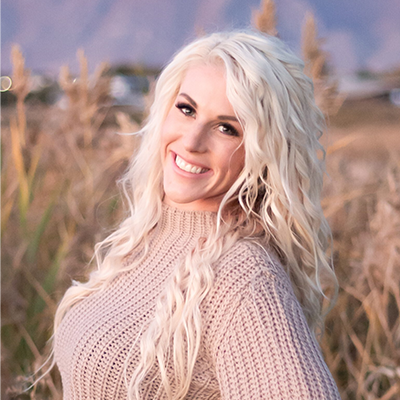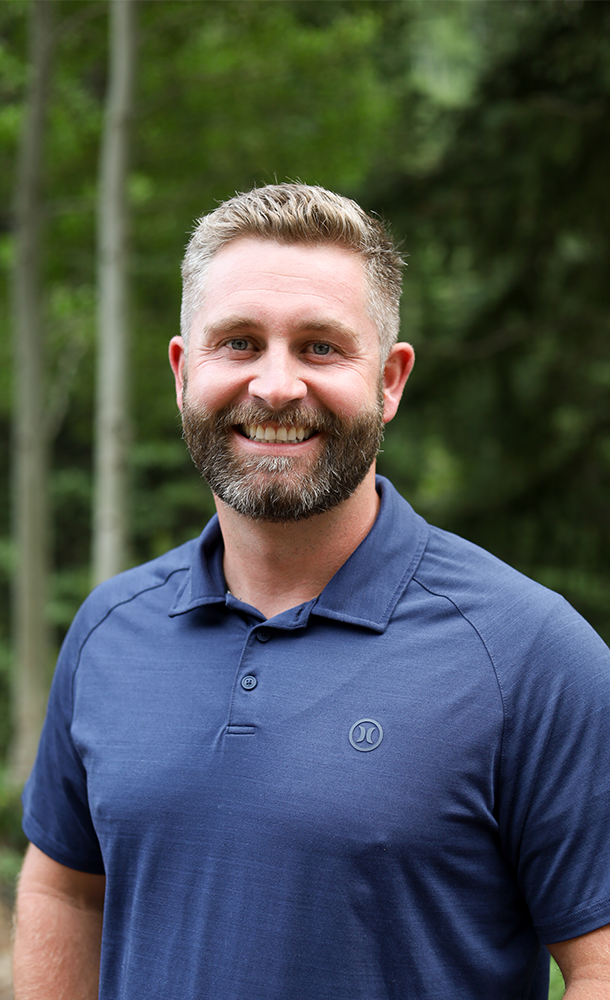Ranchers are no strangers to hard work. They take pride in the fact that every dollar and acre to their family’s name has been hard-earned, sometimes over many generations. When the government and insurance agents promote "self-funding" Pasture, Rangeland, and Forage (PRF) insurance policies that offer potential payouts during periods of low rainfall, it's only natural to question how the economics of the program work and whether or not this program utilizes government handouts to support its viability. This article aims to answer that question and examine whether PRF insurance is truly a handout or rather a tool for producers to leverage their tax dollars to maintain profitability.
Where Does the Funding For PRF Insurance Come From?
PRF insurance falls under the crop insurance category of the Farm Bill and receives subsidies from the United States Department of Agriculture (USDA), which are funded by the taxes you and other American citizens have paid to the federal government each year. While PRF insurance is not entirely "free" for the insured producer, as it involves premiums, the indemnities or payouts you receive as a result of coverage are issued to your Authorized Insurance Provider (AIP) by the USDA and subsequently paid directly to you.
What Does the USDA Subsidy Mean for PRF Insurance?
The USDA subsidy of PRF insurance makes the federal government, with your tax dollars, responsible for a portion of producers’ premiums. The subsidy does not make coverage free, but it does make coverage more affordable, reducing the financial risk for insured producers.
If PRF Coverage is Not Free, How Are Policies Self-funding?
Many insurance providers, Redd Summit included, use the term “self-funding” to describe PRF policies. This means that any indemnities (money) that are issued to you during a period of low rainfall will go toward your policy’s premium until the balance is satisfied. Once the balance is settled, any additional indemnities issued will be paid directly to you, allowing you to utilize them as you see fit. This streamlines the process, ensuring your premium is taken care of promptly, eliminating the need for you to make separate payments later on.
Is PRF Insurance a Risk?
For many insured producers, PRF insurance acts as a lifeline during drier conditions. The indemnities received through PRF insurance help offset costs and maintain profitability, ensuring their competitiveness in the agricultural industry. However, it's important to note that PRF insurance is not entirely risk-free. There may be years when you receive above-average precipitation and, as a result, owe a portion or the entirety of your premium at the end of your policy. Nevertheless, the majority of producers utilizing PRF insurance as a long-term tool remain net positive over the policy's lifespan, even when accounting for wet years.
If you're interested in understanding how PRF insurance could perform on your acreage over 15-20 years, consider reaching out to the Redd Summit team at (435) 625-1022 or visiting https://www.reddsummit.com/get-a-quote.
PRF Insurance is Not a Free Handout
So far, we’ve learned that PRF insurance is funded by your tax dollars, subsidized by the USDA under the Farm Bill, and comes with its share of risks. While the program is not without cost, it provides producers with a valuable tool to effectively manage the risks associated with below-average precipitation.
In short, the PRF program is not a handout. Rather, this is a recognition by the US Government that the success of agricultural producers is vital to maintaining food security for all citizens of the United States. By participating in PRF insurance, you can leverage some of your tax dollars to sustain and grow your operation during dry conditions, ensuring its profitability and long-term sustainability.




.jpeg)
.webp)




